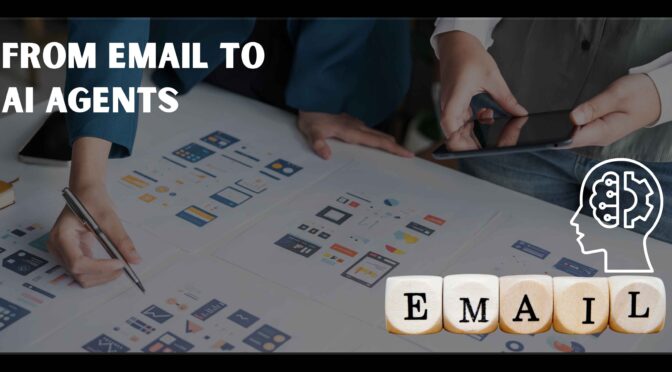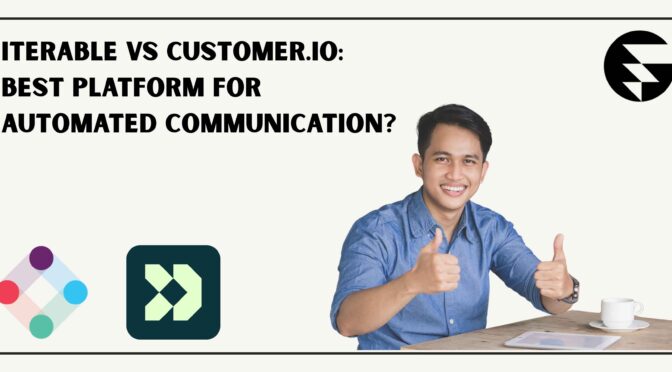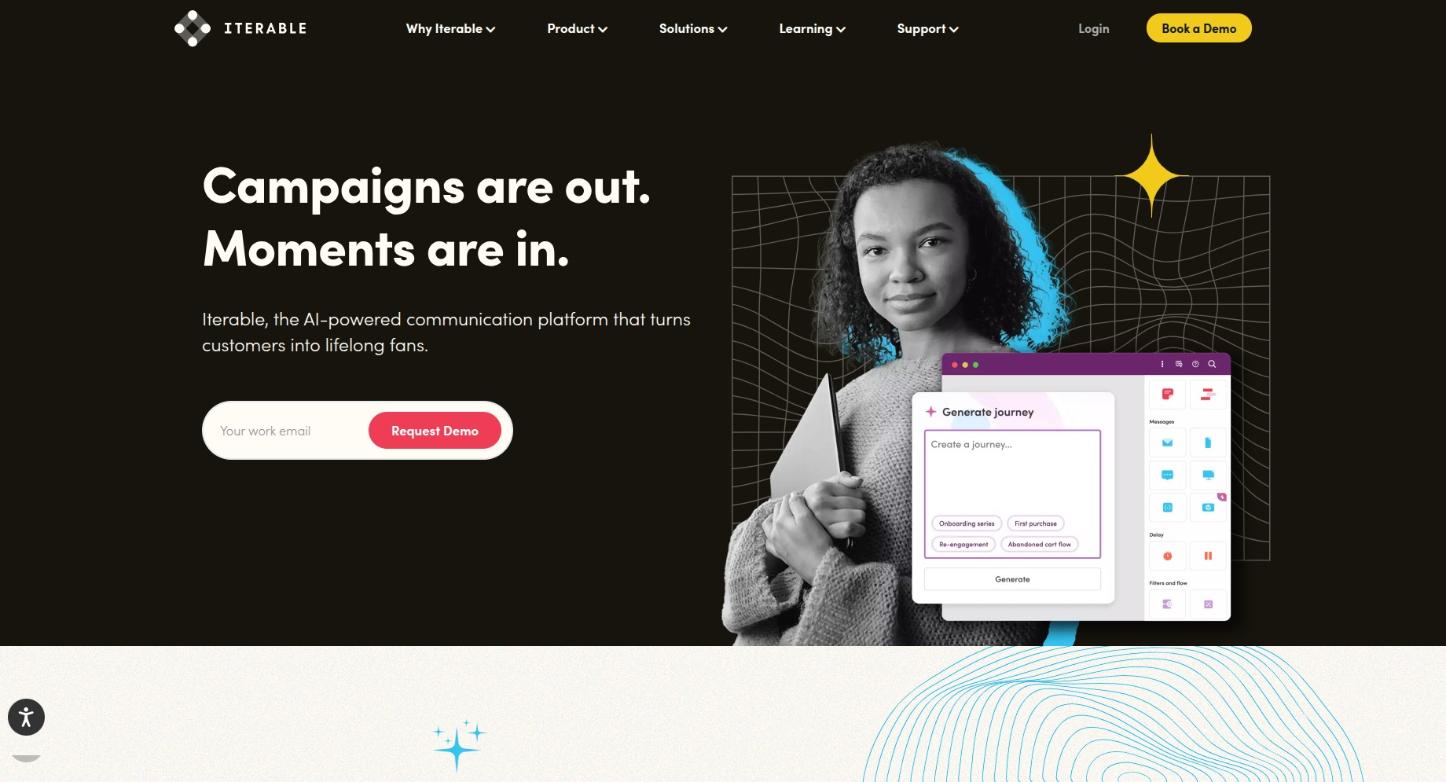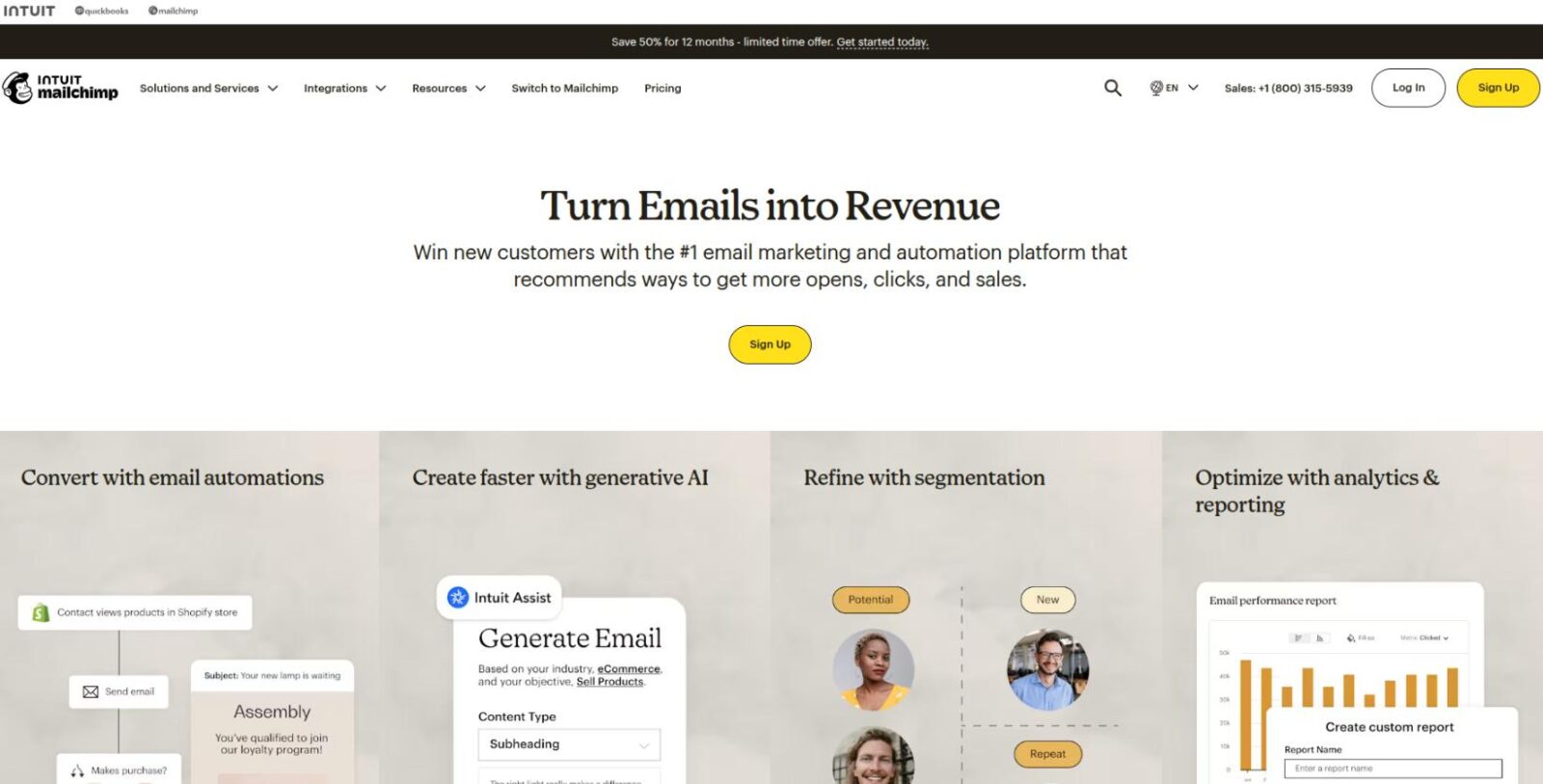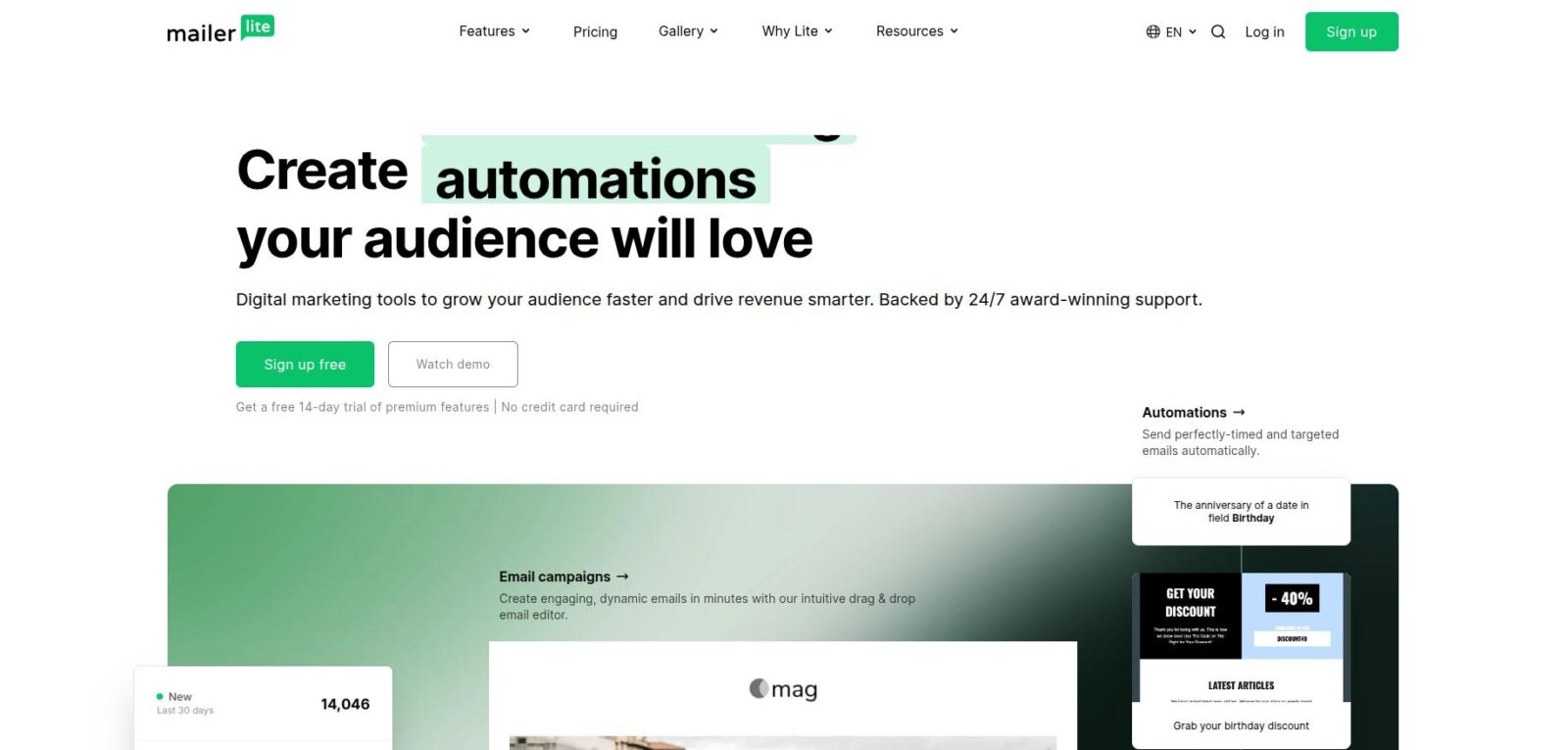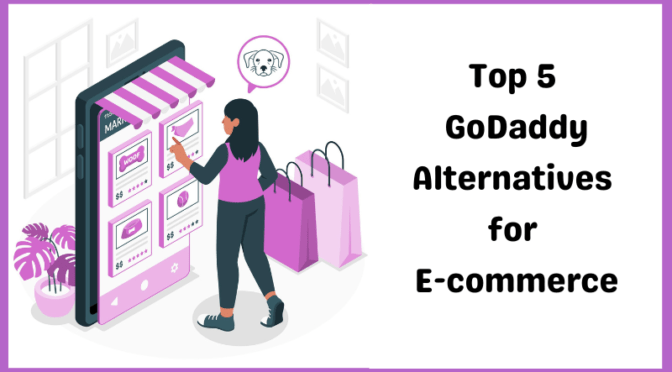SaaS product management has evolved dramatically in the past decade. From manual spreadsheets and isolated analytics tools to advanced platforms powered by AI, the discipline now demands speed, precision, and foresight. Product managers no longer rely solely on instinct — they leverage AI-powered insights to shape roadmaps, analyze feedback, and optimize every stage of the product lifecycle.
Artificial intelligence is no longer a futuristic advantage; it’s becoming the foundation of modern product operations, helping teams turn data into action, automate decisions, and deliver value faster than ever.
Smarter Decision-Making Through AI Insights
Traditional product management relied heavily on human interpretation of data — a process often biased and inconsistent. AI has changed that by introducing data-driven intelligence capable of recognizing patterns and anomalies far beyond human capacity.
Tools like Amplitude, Mixpanel, and Gainsight PX now use machine learning to track user engagement and retention, helping teams predict churn and identify high-value customers automatically.
Product managers can ask questions like “Which features drive the most engagement among enterprise users?” — and get answers instantly through AI-powered analytics. This turns decision-making into a continuous learning process, not a quarterly review ritual.
Automating Product Roadmap Prioritization
Feature prioritization used to involve endless debates and subjective scoring models. AI now simplifies this process by combining usage data, customer feedback, and market trends to recommend roadmap priorities.
Platforms like Aha! Roadmaps and Productboard are integrating AI to automatically rank features by impact, feasibility, and alignment with business goals. Some even simulate how new releases might influence customer satisfaction or revenue.
This automation helps product teams focus less on managing spreadsheets — and more on strategic innovation and iteration.
Enhancing User Feedback Loops with AI
User feedback is the heartbeat of every SaaS product — but analyzing it manually can be overwhelming. AI-driven Natural Language Processing (NLP) tools can now process thousands of reviews, support tickets, and chat transcripts in seconds.
For instance, AI models can categorize sentiment, detect recurring pain points, and cluster similar requests. Tools like Zendesk AI and UserVoice SmartTagging help product teams visualize customer sentiment trends and uncover unmet needs.
This ensures that roadmap decisions aren’t based on “who shouts loudest,” but on quantitative, AI-backed insights from real users.
Streamlining Workflow Automation Across Teams
SaaS product management isn’t just about strategy — it’s a constant coordination effort across design, development, marketing, and support. AI-driven automation tools are removing the friction from these workflows.
- AI assistants in tools like Notion, Asana, and Jira can summarize task updates, generate sprint reports, or even predict blockers before they happen.
- Automated handoffs ensure design assets, PRDs, and test reports move smoothly between teams.
- AI-powered integrations between tools (like Productboard → Jira → Slack) make communication faster and less error-prone.
This shift enables product managers to act as orchestrators, with AI managing repetitive coordination and freeing time for creative and strategic work.
Predictive Analytics in Product Lifecycle Management
AI thrives in prediction — and product management is one of its most natural applications. Predictive analytics can forecast feature adoption, churn probability, and lifecycle trends based on historical and behavioral data.
For example:
- SaaS companies use AI to predict when a customer might downgrade or cancel.
- Product teams use AI-driven simulations to model how a pricing change might impact usage.
- Marketing teams leverage predictive scoring to identify accounts most likely to convert to premium plans.
These insights empower teams to proactively adjust strategies, preventing churn and aligning product growth with customer behavior.
Accelerating Experimentation and A/B Testing
Testing is at the core of SaaS optimization, but it’s often limited by time and manual analysis. AI automates the design, execution, and evaluation of experiments.
Modern experimentation platforms like Optimizely, VWO, and Google Optimize 360 now leverage AI to:
- Identify statistically significant results faster
- Auto-adjust experiments for real-time traffic
- Recommend next-step experiments based on user patterns
Instead of running one test at a time, teams can now manage multiple iterations across segments simultaneously — enabling continuous product experimentation at scale.
AI-Powered Documentation and Communication
Documentation is one of the most overlooked yet essential parts of SaaS management. AI writing assistants like Notion AI, Jasper, and ChatGPT Enterprise now help teams:
- Draft clear PRDs and feature specs
- Summarize meeting notes automatically
- Generate changelogs and release summaries instantly
By automating documentation, AI ensures consistency and accessibility across the organization — even as teams scale globally.
Personalization in Product Experience
Personalization used to be a marketing tactic. Now, it’s embedded directly into the product experience itself — thanks to AI.
SaaS products are increasingly using machine learning models to personalize dashboards, recommend next steps, and adapt workflows to user behavior.
For example:
- A project management app might surface the most relevant tasks for each team member.
- A sales CRM could suggest optimal follow-up actions based on customer intent.
- A developer platform might adapt its UI to user proficiency level.
This kind of AI-driven personalization improves user satisfaction, reduces friction, and increases long-term retention.
The Role of Generative AI in SaaS Product Development
Generative AI is redefining the creative side of SaaS product management. From interface prototyping to content generation and UX writing, AI tools are now embedded into product teams’ daily workflows.
For instance:
- Figma AI can auto-generate UI layouts.
- ChatGPT plug-ins can simulate user scenarios for usability testing.
- SaaS marketing teams use generative AI to produce on-brand content for feature launches instantly.
The result? A faster feedback loop between concept, design, and user validation — bridging the gap between ideation and deployment.
Ethical and Strategic Considerations
While AI offers tremendous potential, it also raises important challenges:
- Bias in data can influence prioritization or prediction accuracy.
- Over-reliance on automation might reduce human empathy in user interactions.
- Transparency and trust must be maintained when AI makes or supports decisions.
Leading SaaS teams are adopting AI governance frameworks to ensure fairness, accuracy, and accountability in AI-assisted product management.
Conclusion
AI is no longer a supporting player — it’s becoming the central nervous system of modern SaaS operations. From roadmap automation and predictive analytics to generative content and personalized UX, AI allows teams to move faster, smarter, and more strategically.
The SaaS companies that embrace this transformation early will not just manage products — they’ll orchestrate intelligent ecosystems where every decision, feature, and interaction is guided by data and driven by intelligence. In short, AI isn’t replacing product managers — it’s redefining what great product management looks like


